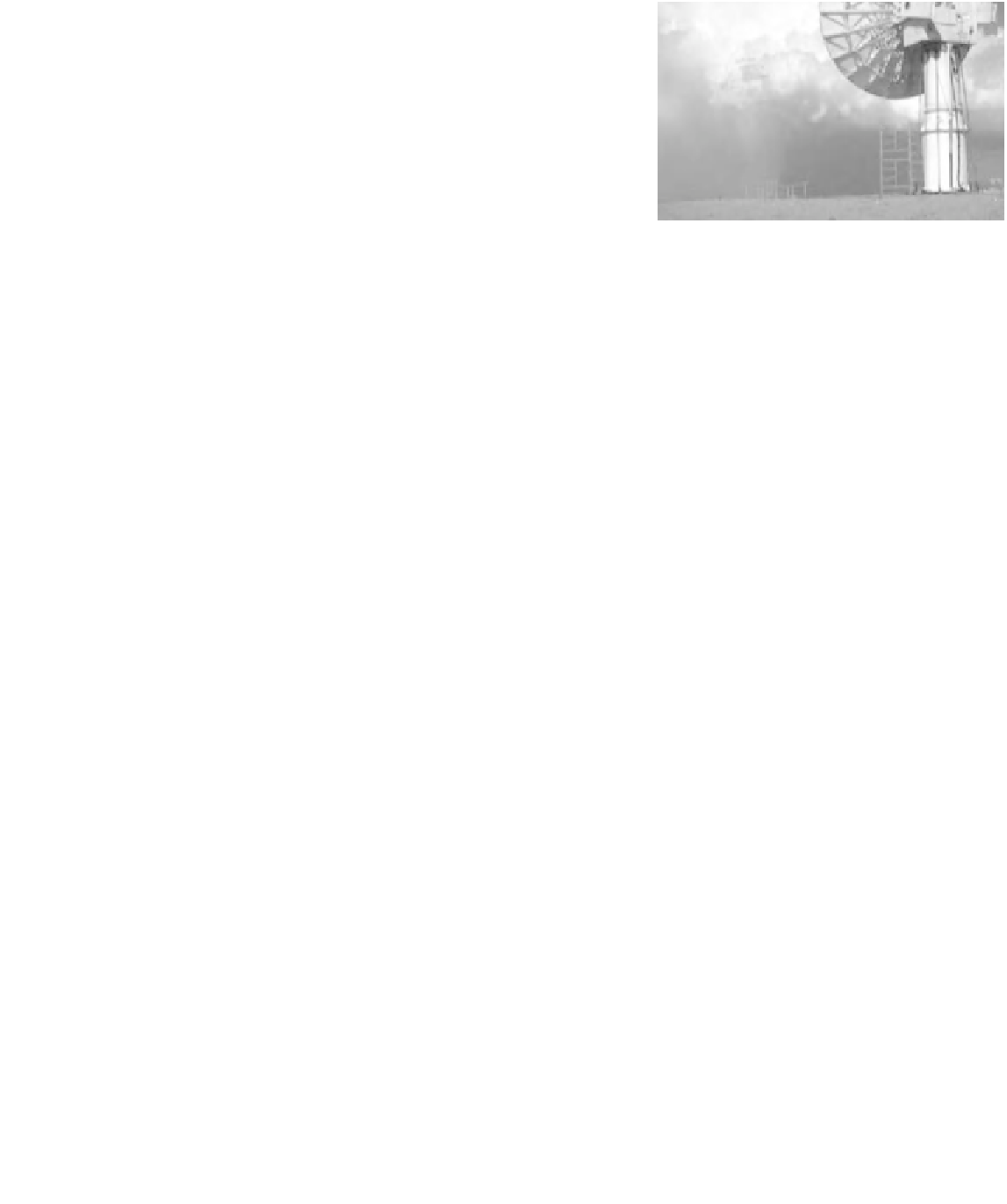Geoscience Reference
In-Depth Information
12
Precipitation
Measurement
and Observation
Introduction
The measurement of precipitation appears simple, and indeed measurements of
point precipitation that are prone to systematic errors of the order of 10% have
been made for a long time, in some cases for centuries. But measurement of point
precipitation with greater accuracy than this is more difficult, and measurement of
area-average precipitation is much more difficult, particularly if the average value
required is for a large area. There are three main ways in which precipitation is
currently measured or estimated from observations. By far the most common way
is using rain gauges. Gauge measurements have been made for a long time so
gauge data has the distinct advantage that long time series are available in some
places. But gauge data also have disadvantages. They are point samples and are
consequently prone to random sampling errors. They are also prone to systematic
errors induced by selection of the gauge site and studies have identified wind-
related errors inherent to the instruments themselves.
In recent decades, ground-based radar systems have been developed that are
capable of estimating precipitation. Precipitation estimates provided by radar have
the advantage that they are real time estimates made over a large area around the
radar sensor. These attributes are extremely useful in the primary role of rainfall
radar, that is in providing information for use in short-term weather forecasting.
From the hydrological standpoint radar observations have the advantage that they
are often used to calculate area-average estimates of precipitation over pixel areas
of about 10-20 km
2
rather than being point measurements. However, they have
the distinct disadvantage that they are inaccurate, even when calibrated by an
underlying gauge network and, being a recent development, there are as yet no
long-term records of radar-estimated precipitation.
Indirect estimates of precipitation are also made from remote sensing data using
several different approaches. Again there are problems with measurement accuracy





